Where the world – and Switzerland – stands on carbon offsets after COP28
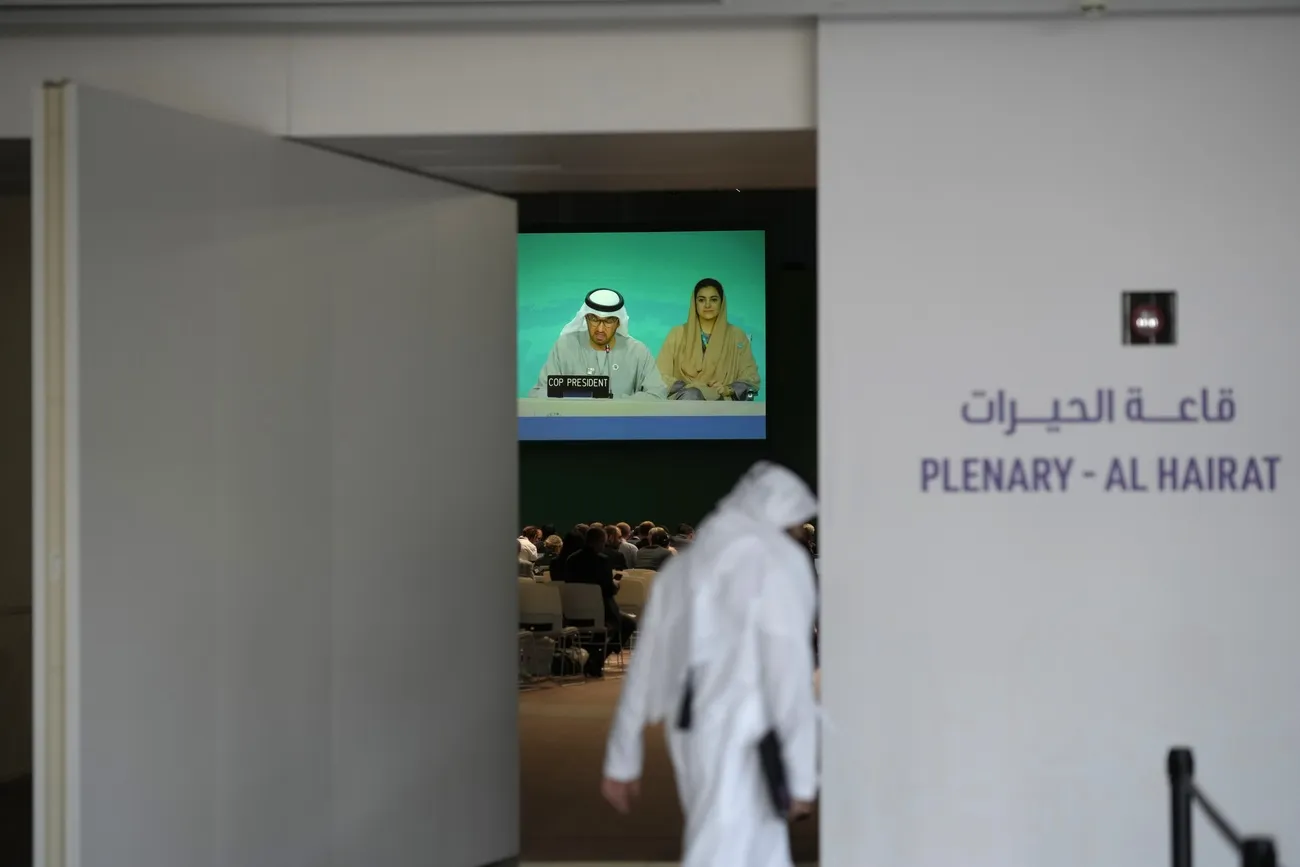
Switzerland has doubled down on its strategy to offset its emissions abroad. But after the latest round of United Nations climate talks in Dubai, questions continue to swirl around the details and effectiveness of carbon markets. A look at where things stand.
What is Article 6? And what’s the fuss about?
Within the 2015 Paris AgreementExternal link on climate change, Article 6 set a basis for regulating carbon offsets. It was meant to answer among other things the following questions: how should offsets be governed? And when a company funds a project to offset its greenhouse gas emissions elsewhere, what are the rules to make sure it happens?
The two main provisions, known as Article 6.2 and Article 6.4, address the way that inter-governmental agreements and voluntary carbon markets, respectively, compensate carbon emissions.
Article 6.2 allows governments to trade emissions reductions with one another bilaterally or multilaterally. It requires such agreements to promote sustainable development and respect environmental ecosystems, while ensuring that only one of the partner countries counts the emission reduction as a credit towards its national target.
But the United Nations agreement lacked detail on how the mechanisms would be implemented, leaving countries, companies and specialised organisations operating in a carbon market with a loose framework.
A further rulebookExternal link with conditions for the implementation of country-to-country offsets was agreed at the COP26 climate conference in Glasgow.
Even before the Glasgow conference, Switzerland helped lay the groundwork by signing early agreements with Peru, Ghana, Georgia and Senegal. Intended to compensate for emissions generated by Swiss residents, measures such as electric buses or wood-burning cookstoves are financed in these countries.
At the latest United Nations climate talks (COP28) in December, Switzerland doubled down on its commitment to offsetting some of its emissions abroad by signing more agreements, this time with Chile and Tunisia. That makes 14 countriesExternal link in total.

Discussions over Article 6.2 continued in Dubai, on whether and how to implement controls and oversight on bilateral carbon trading.
But it’s Article 6.4 – and the need for better rules relating to human rights and accountability – that was the focus at COP28.
Why does Article 6.4 – the voluntary carbon offset market – need more detail?
For the first time in seven years, voluntary carbon markets – where businesses, individuals and organisations under no legal obligation to make emissions cuts can trade offset credits – saw their demand fall in 2023 due to the many questions raised on their implementation. Many global corporations chased opportunities to compensate for their emissions, presenting their products to customers as “net-zero” or “carbon negative”.
In 2022, the value of traded markets for carbon permits reached $909 billionExternal link (CHF850 billion). Of that, the voluntary carbon market was worth around $2 billion External linkin 2022, with experts forecasting earlier last year that it could be valued at $10 billion to $40 billion by 2030. But it is calculated that the market has since shrunk by 80%.
But in 2023, reports surfaced that a number of nature-based projects funded by the voluntary market did not deliver as promised. This included schemes developed by Switzerland-based South Pole, the world’s leading seller of carbon offsets, which pulled out of a key forest preservation project in Zimbabwe following investigations. The organisation said reports were “exaggerated”.
A reportExternal link by the NGO Human Rights Watch also highlighted human rights violations including forced relocations and the assassination of environmental activists linked to carbon offset projects. Critics accuse users of greenwashing through their carbon-cutting claims.
In November, a UN body submitted draft proposals on better carbon credit mechanismsExternal link and methods to removeExternal link carbon from the atmosphere, such as the use of forests, oceans and technologies including carbon capture and storage. The proposals came a year after expected and were the starting point of discussions in Dubai.
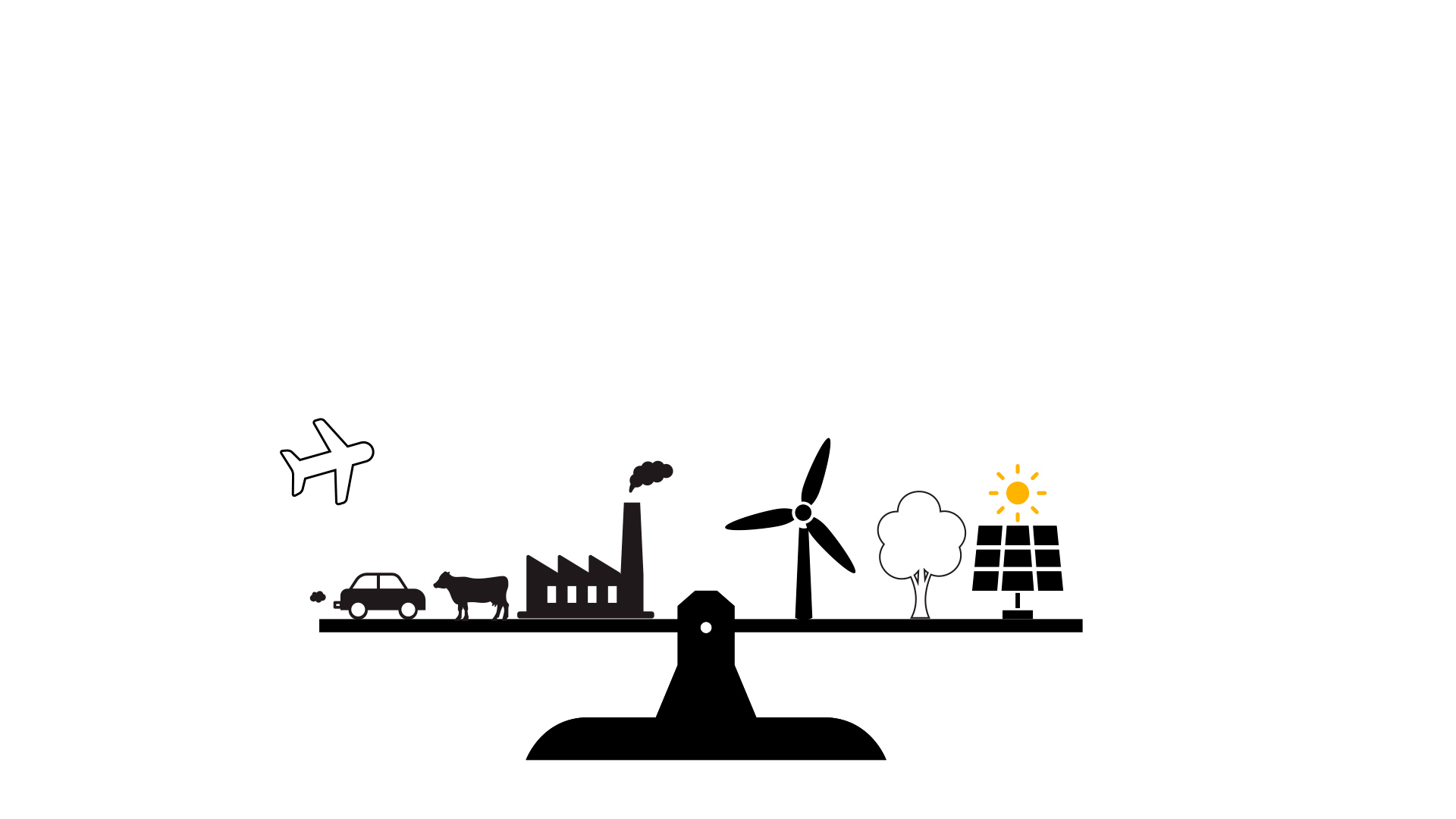
More
What Is Carbon Offsetting? Explained in 2 Minutes
What was on the table in Dubai?
Ahead of the talks, COP28 president Sultan Al Jaber highlighted the need for “better-functioning voluntary carbon markets”. Then, at COP28, another major carbon offset project was confirmed between an Emirati developer close to Dubai’s ruler and African countries, to preserve forests totalling the size of the United Kingdom prompting even more questions about implementation.
Negotiators in Dubai were faced with a call from the Article 6.4 supervisory body to use “credible methods” to estimate emissions cuts or carbon removals, due to past cases of overestimating projects.
On the table were the issue of baselines for assessing the effectiveness of the offsets as well as mechanisms to show that offset projects would not have otherwise taken place. But civil society groups were most concerned about safeguards against human rights violations.
Erika Lennon, senior attorney at the Center for International Environmental Law (CIEL), warned against adopting proposals that were “not up to snuff on really preventing the serious abuses that we have seen”.
She called for a more robust grievance mechanism that would help affected communities submit complaints due to offsetting projects and is independent of governments and companies carrying out projects.
David Knecht, energy and climate justice lead at Swiss NGO Fastenaktion, also said the package proposed at COP failed to include language to ensure the sustainability of projects to allow people’s lives to be improved, as required by the Paris Agreement.
Where Article 6 stands after COP28
Negotiators failed to reach clear decisions on both carbon market mechanisms and carbon removals (reforestation for example) by the close of the Dubai conference. They also failed to beef up rules for Article 6.2. Instead, they proposed recommendations, leaving discussions to be carried over to the 2024 COP to be held in Azerbaijan.
Countries also failed to agree on an existing definition of carbon removal which could be “natural” or involve technology such as carbon capture.
“Removals need to remain removals for hundreds of thousands of years,” said Knecht. “In other words, a forest that has been reforested must remain a forest and not be burned.”
That means project monitoring would have to continue even after the credit certificate is concluded, which could result in steep costs. With proposals made in Dubai failing to address the issue of long-term responsibility, Knecht said the public may ultimately have to pay, for instance, if a company running the project went bankrupt.
Andrew Howard, senior director of climate policy and strategy at Verra, the largest carbon standards system, said at a COP28 event that the existence of organisations like his provided “healthy competition” between standards “to allow for innovation that is really good for climate action”.
South Pole had worked with Verra, which reportedlyExternal link issued more than one billion carbon credits, 90% of which were described as “phantom” and largely worthless. Verra has said the reporting was “off track”.

Where does that leave Switzerland and its offset projects?
With discussions over Article 6 left on ice, countries such as Switzerland, keen on offsetting their emissions through bilateral deals, are now thrown into doubt over how to anticipate future regulations. Carbon Market Watch, a research organisation, projectedExternal link that “to avoid reputational damage and avoid the risk of future liability, countries must, at the very least, demonstrate exemplary levels of transparency in the existing initiatives”.
Multinational companies, already shunning bad press over carbon markets and decisions to ban corporate members from using offset schemes, are also left in the lurch as they seek to regain the trust of consumers.
A spokesperson for the Federal Office for the Environment wrote in an email that “Switzerland campaigned for effective rules that enable a global, robust market mechanism with high standards. It regrets that no agreement was reached on this at COP28. It will continue to campaign for this at the upcoming COP.”
Axel Michaelowa, founding partner of the consultancy Perspectives Climate Group and a researcher at the University of Zurich, has worked for many years on climate policies, including as an adviser to developing countries.
He told SWI swissinfo.ch that he was not satisfied with the outcome of the discussions on Article 6.
The outcome means Article 6 “cannot serve its role as the benchmark for international carbon markets”, he said. For him, the rules proposed for voluntary carbon markets were much more solid than conditions being implemented in bilateral offset deals like Switzerland’s, that are made to fit individual circumstances.
“We need a race to the top and not to the bottom,” he said. “For now, we’ll see more carbon cowboys riding into the prairie in the next year.”
Edited by Veronica DeVore/Sabrina Weiss/Virginie Mangin

In compliance with the JTI standards
More: SWI swissinfo.ch certified by the Journalism Trust Initiative





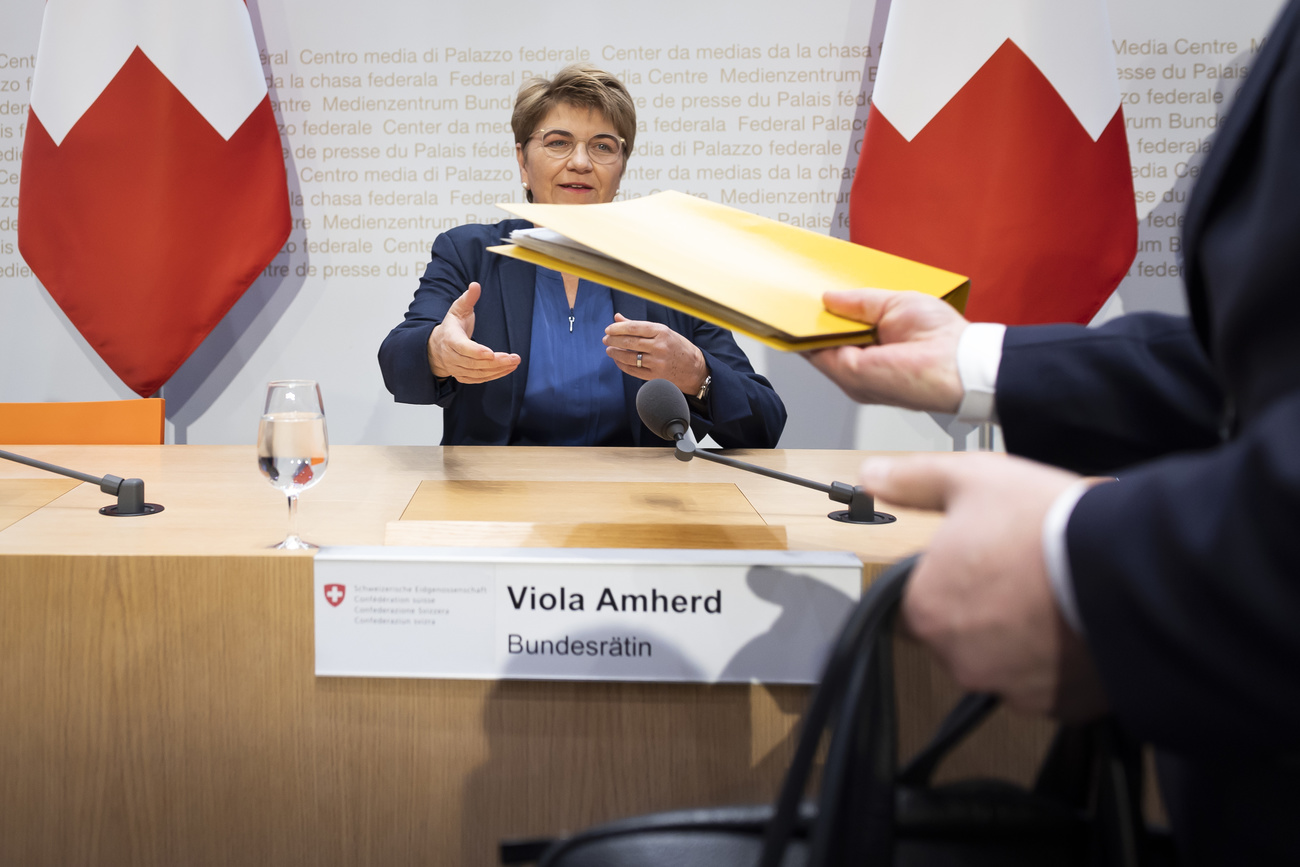



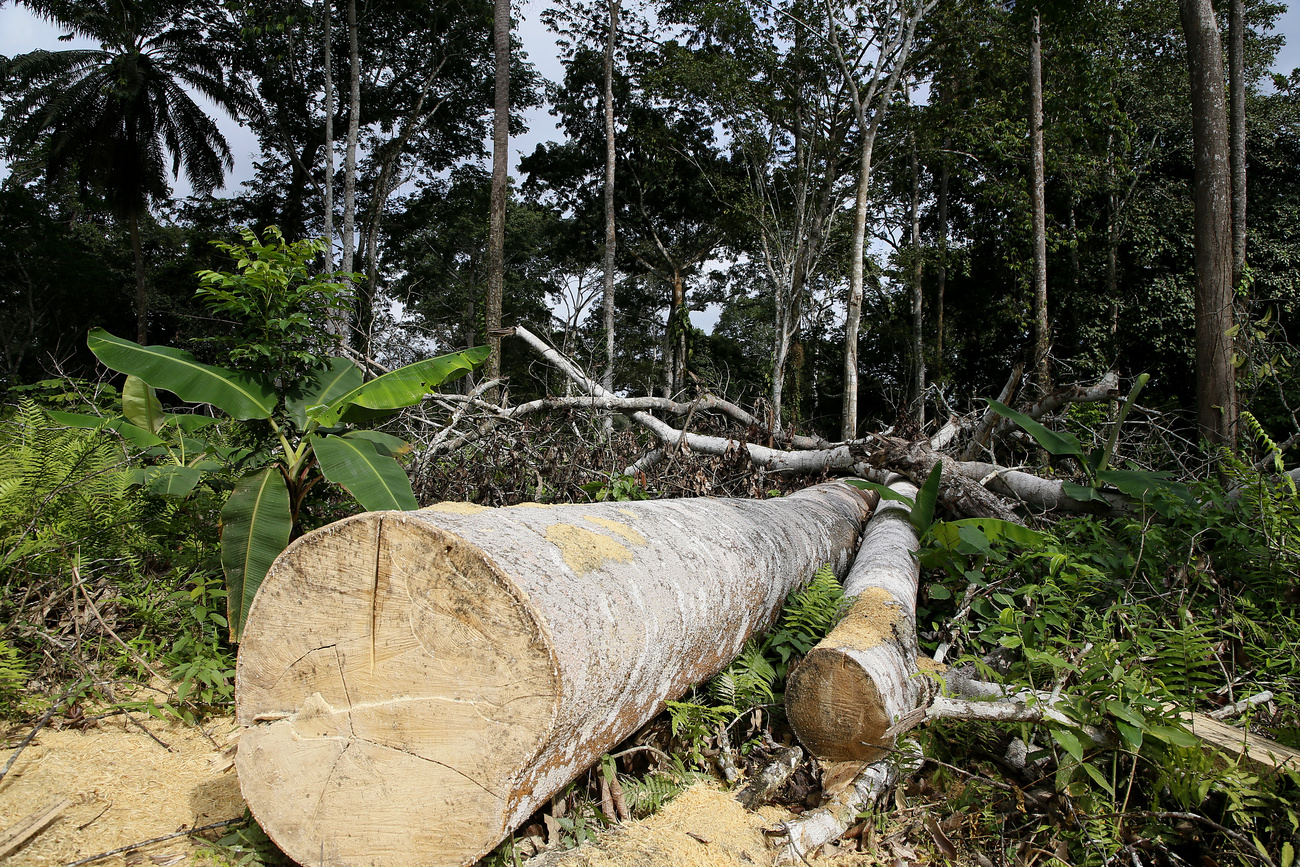
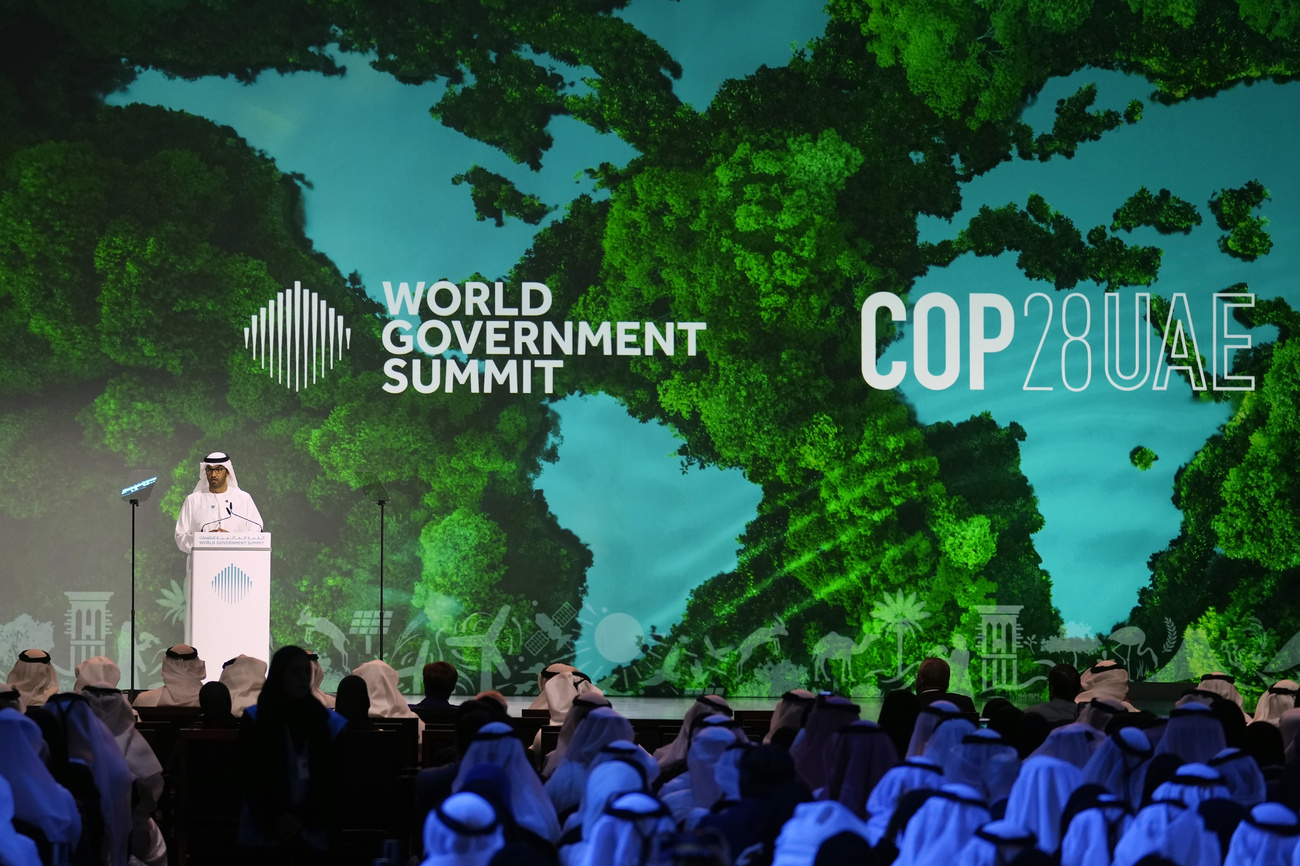
You can find an overview of ongoing debates with our journalists here . Please join us!
If you want to start a conversation about a topic raised in this article or want to report factual errors, email us at english@swissinfo.ch.